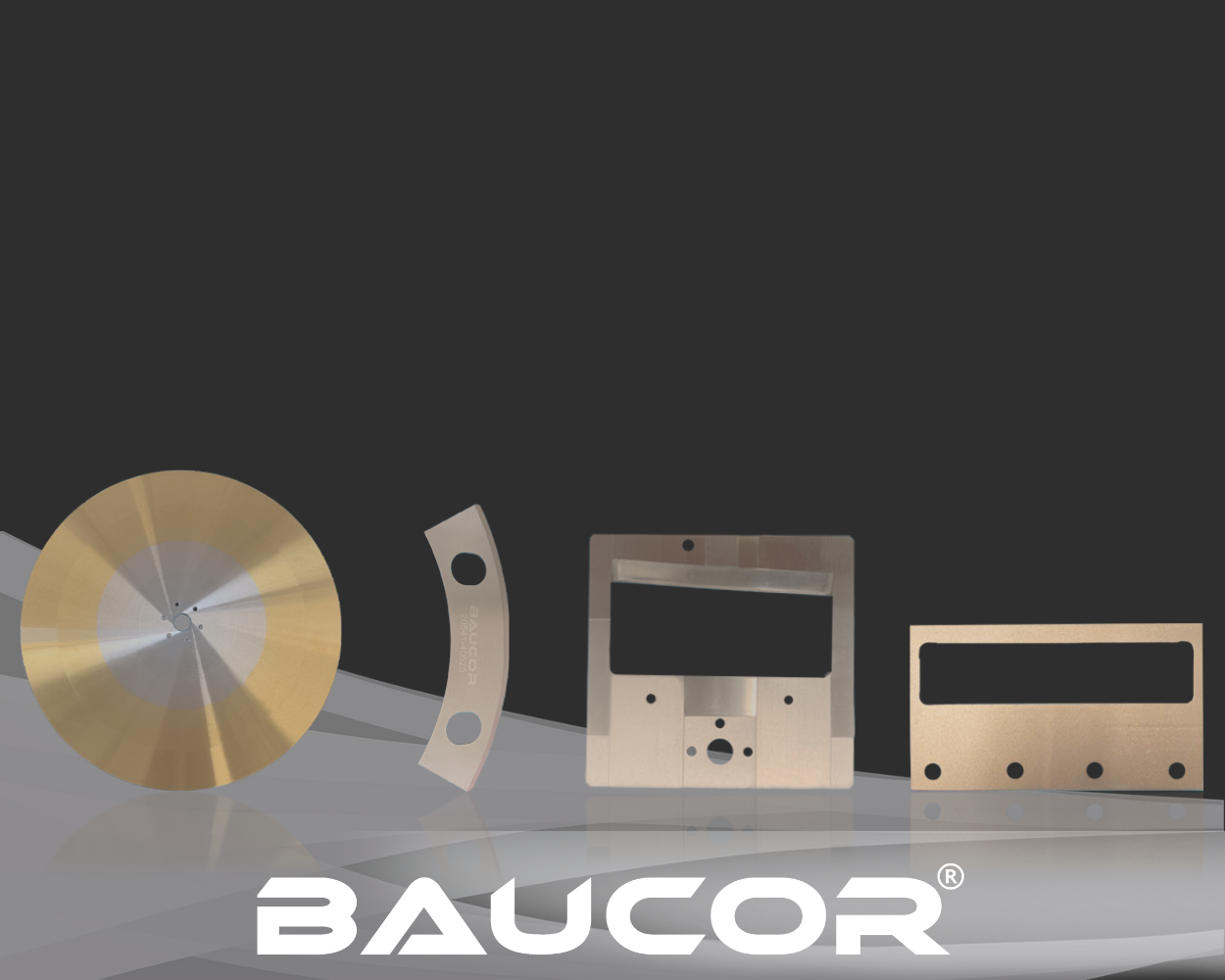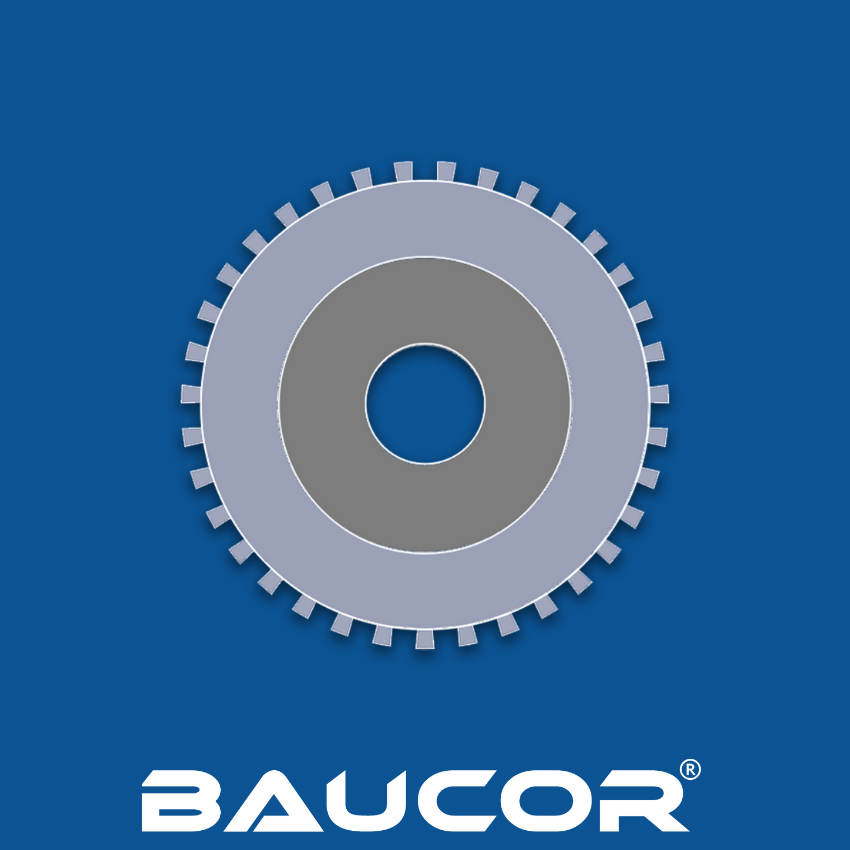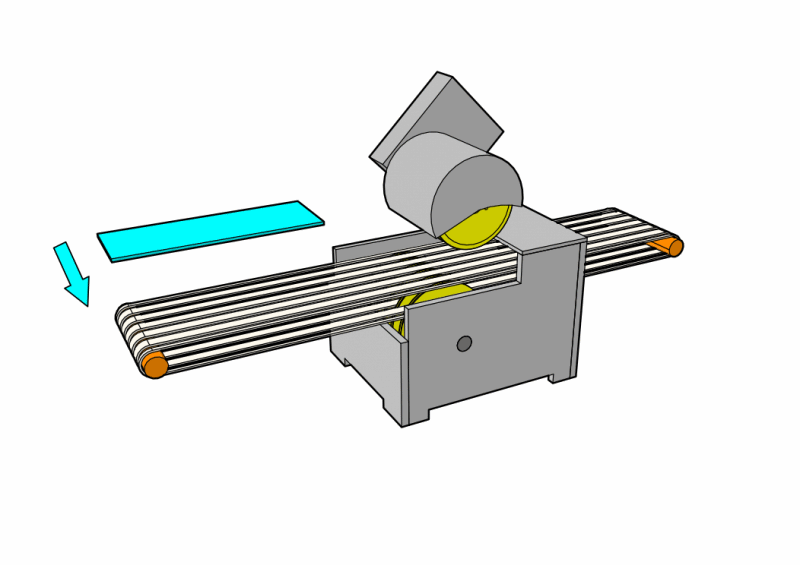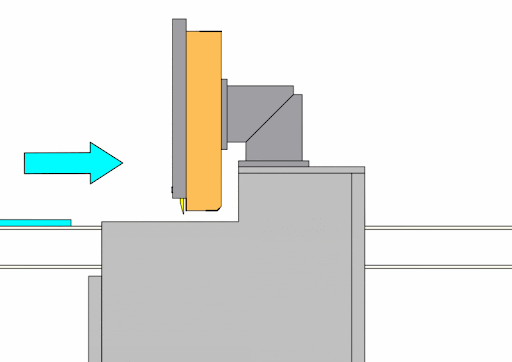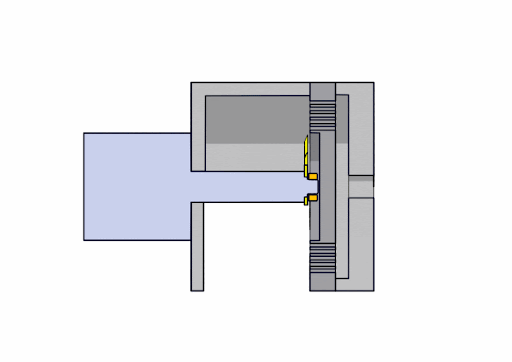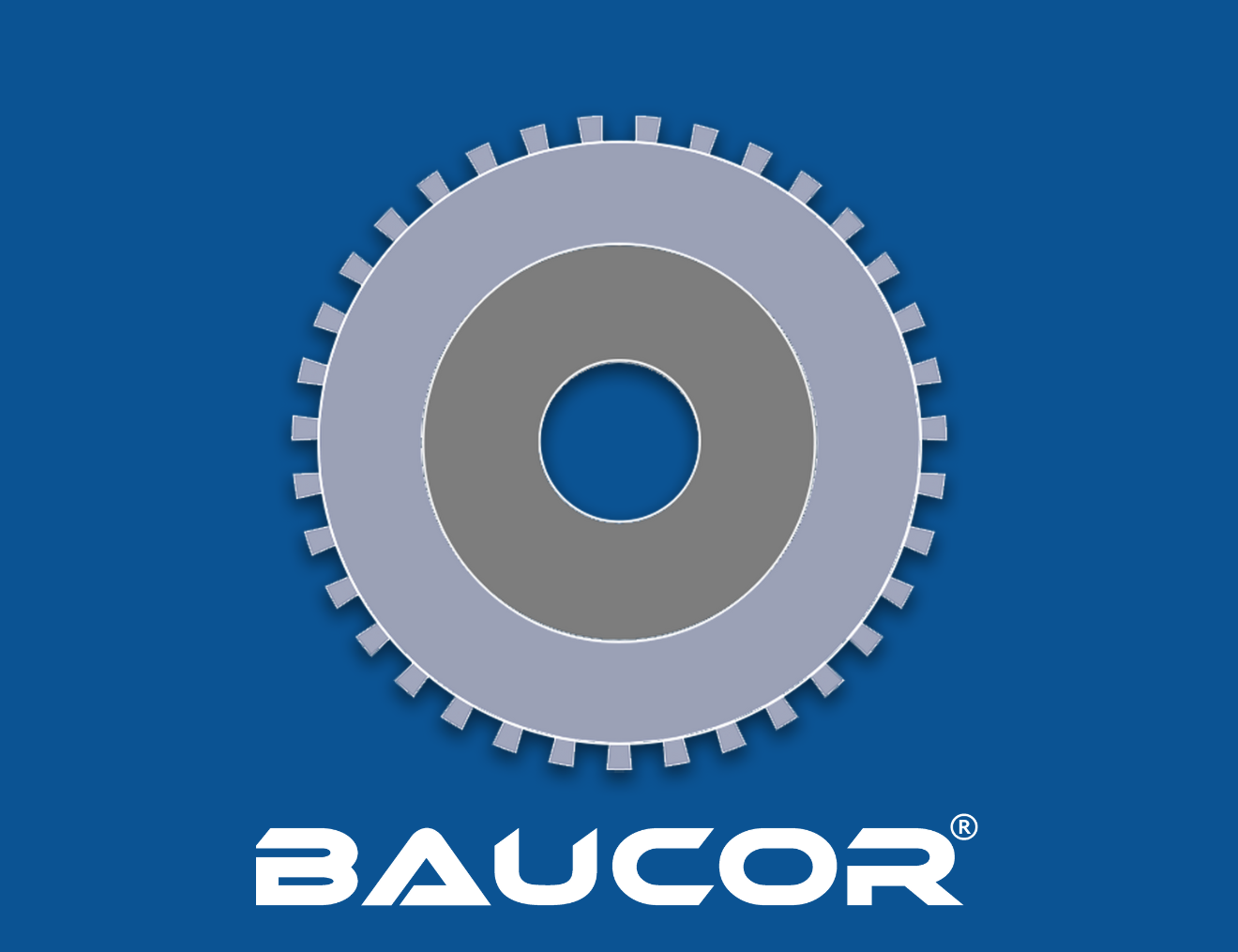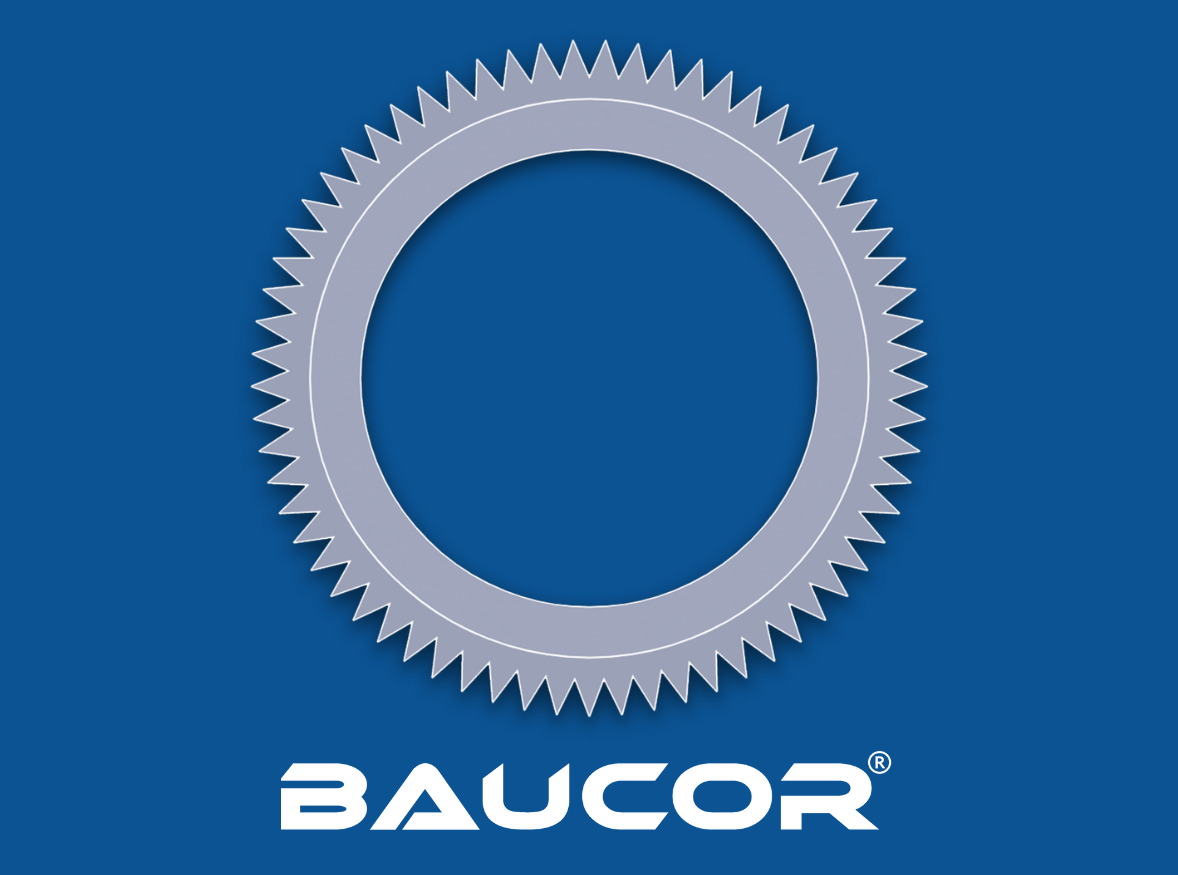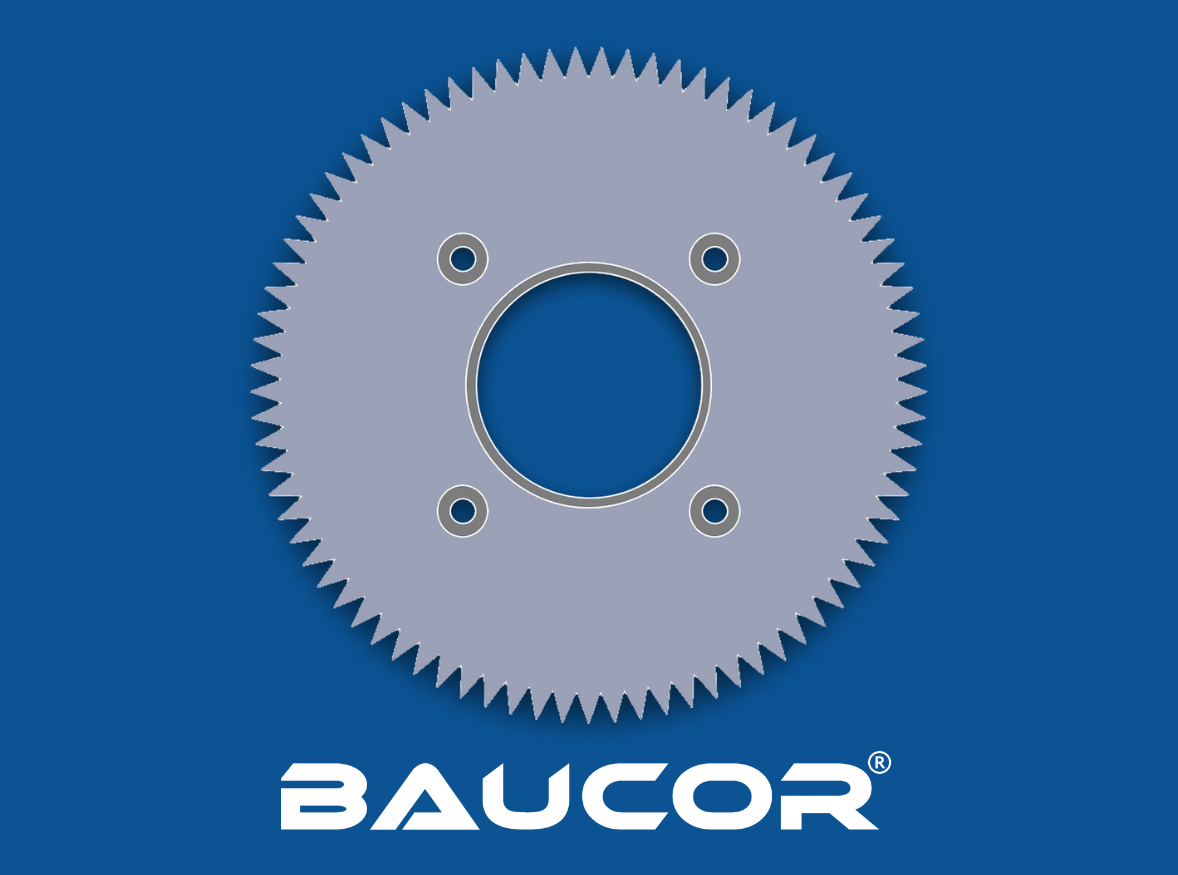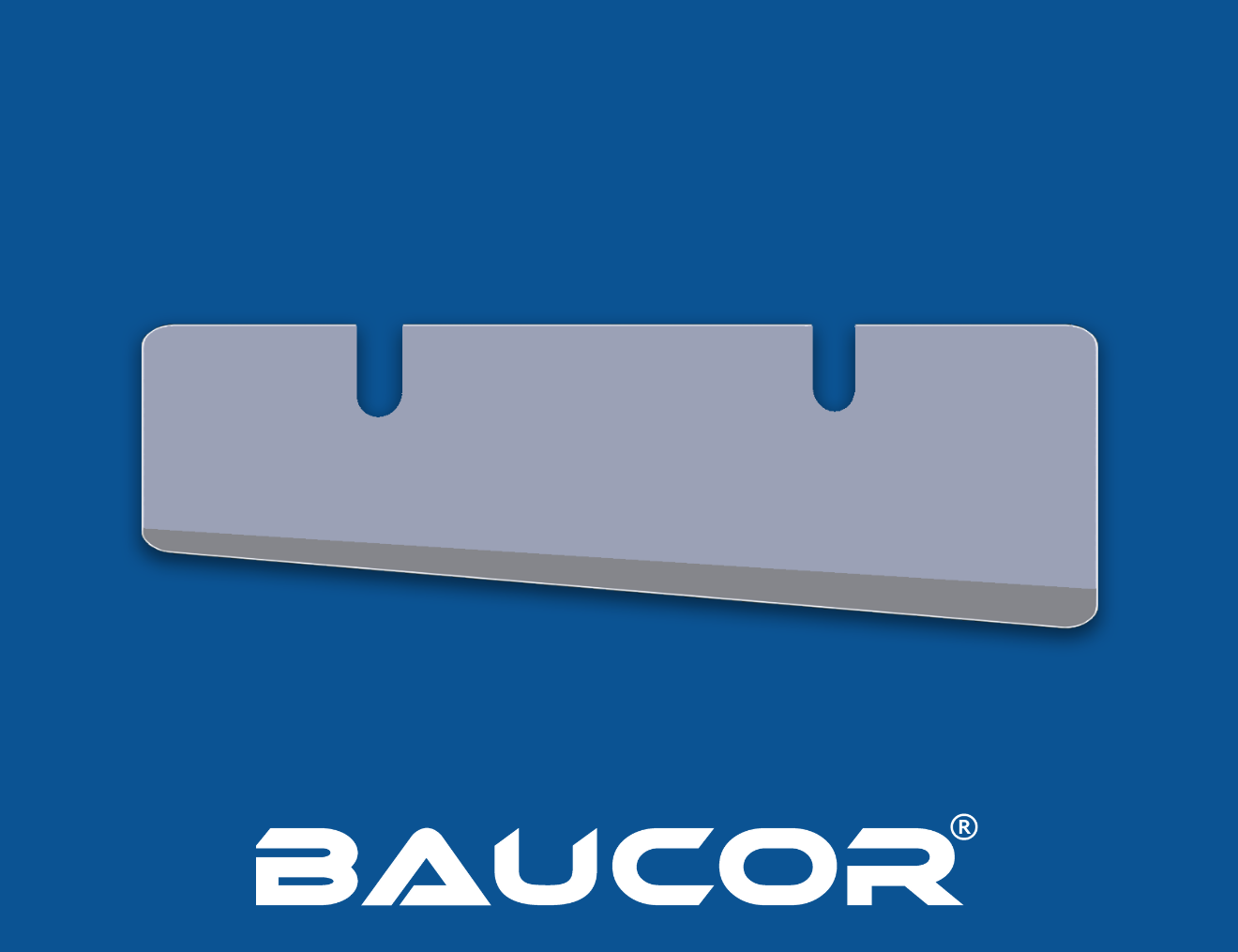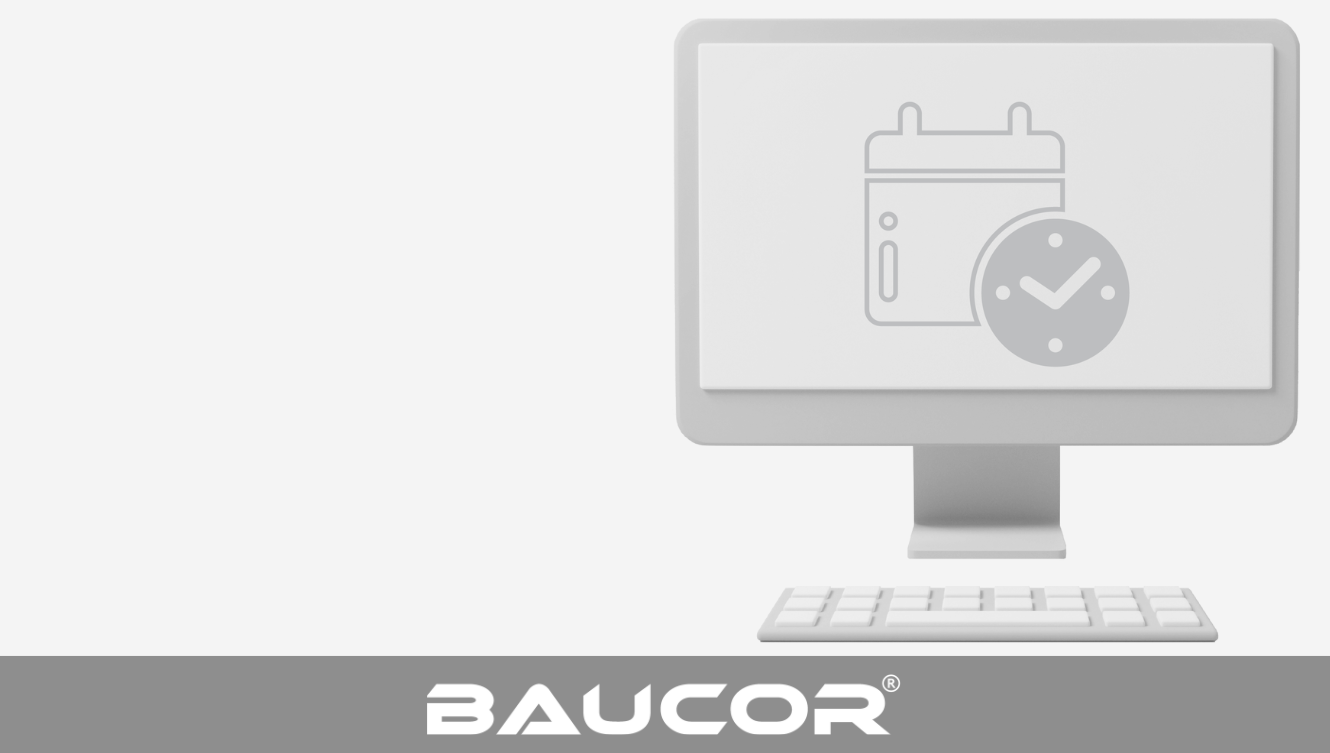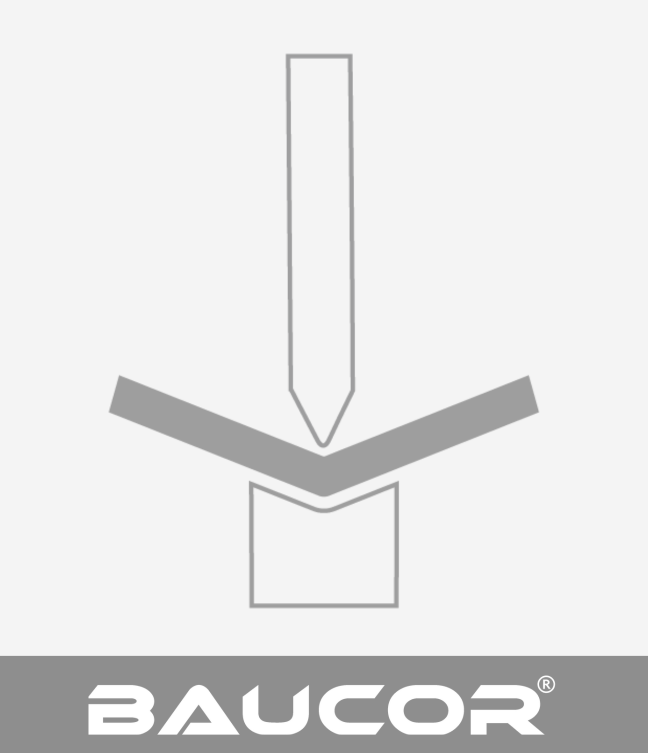Cutting tools are used in various applications to cut through materials such as metal, wood, plastic, and more. Specialty cutting tools are designed to cut specific types of materials or workpieces in a particular way.
Common examples of industrial cutters include band saws, circular saws, and tray sealer knives. These cutting tools are essential for various tasks, such as cutting large pieces of material into smaller pieces or shaping the material into a specific form or shape.
Cutting tools are typically made from high-carbon metals, such as stainless steel, which makes them tough and durable.
Baucor designs and manufactures high quality industrial cutting tools and specialty parts engineered to last longer than ever. Whether you have a print or a rough sketch or even an idea that you need turned into a specialty tool, Baucor is fully capable to manufacture precision custom cutting tools and cutters just in days. Our specialty tools are designed and manufactured for cutting, slicing, chopping, die cutting, guillotine cutting, slicing, press cutting, turning, milling and many more.
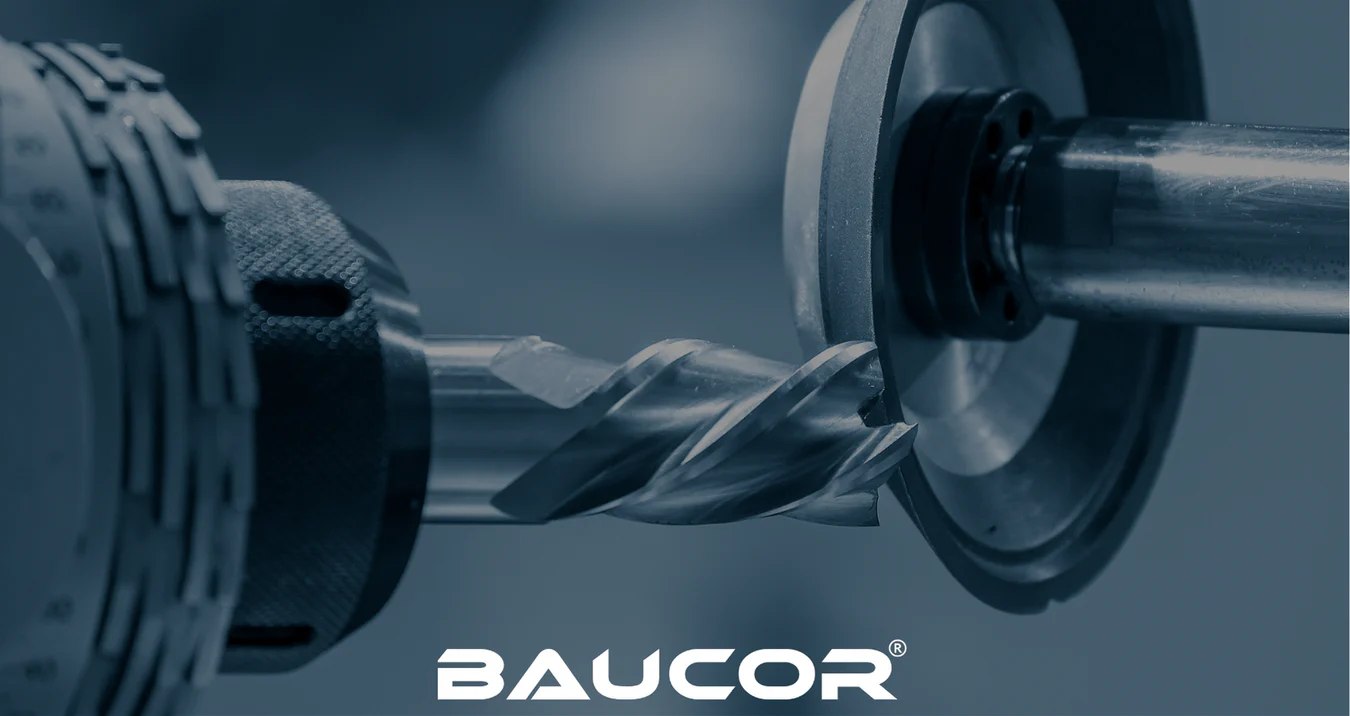


 English
English